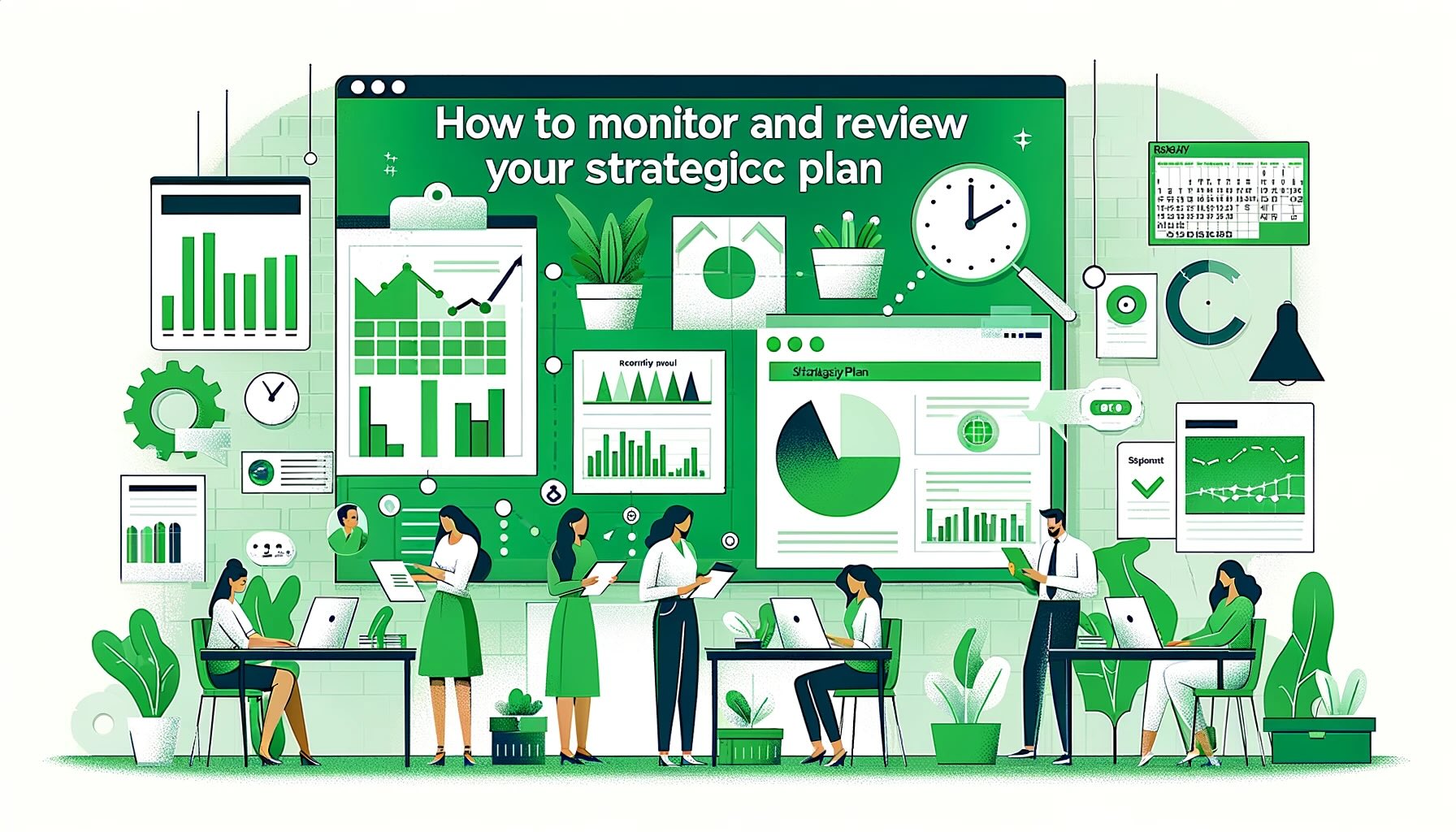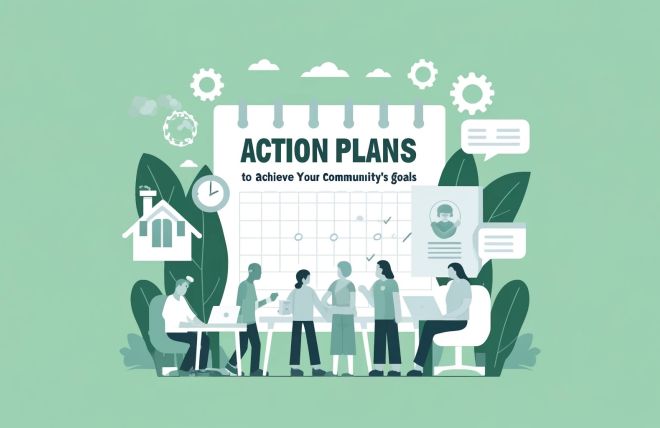Creating a strategic plan is a significant achievement for any homeowners association (HOA), but the work doesn't stop there. To ensure the plan remains effective and continues to serve the best interests of the community, it's crucial to monitor and regularly review its progress and relevance. This blog post will guide you through the processes of monitoring and reviewing your HOA's strategic plan, ensuring that it adapts to changes and continues to meet your community's needs.
Step 1: Establish Key Performance Indicators (KPIs)
Before you can effectively monitor your strategic plan, you need to define clear Key Performance Indicators (KPIs). KPIs are measurable values that demonstrate how effectively the association is achieving key business objectives.
Examples of KPIs might include:
- Percentage of residents participating in community events.
- Reduction in operational costs.
- Improvement in resident satisfaction scores.
- Timeliness of project completions.
Read More: Setting and Prioritizing Goals for Your Community Association
Step 2: Implement a Monitoring System
Regular Updates: Set up a routine for collecting data related to each KPI. This could be through monthly financial reports, Annual HOA Survey Insights, or annual maintenance reviews.
- Dashboards: Use digital dashboards that can provide real-time data visualization of your KPIs. Tools like Microsoft Power BI or Google Analytics can help you track progress easily and make data accessible to board members and residents.
- Scheduled Reviews: Apart from ongoing monitoring, schedule comprehensive reviews of the strategic plan. These can be quarterly, bi-annually, or annually, depending on the goals and scope of your plan.
Step 3: Conduct Regular Review Meetings
- Prepare for Meetings: Ahead of each review meeting, distribute relevant data and progress reports to all participants to review. This allows everyone to prepare and engage more effectively during the meetings.
- Discuss Progress and Challenges: Use the review meetings to discuss the progress towards each goal, based on the KPIs. Openly address any challenges or bottlenecks and brainstorm potential solutions or adjustments.
- Document Outcomes: Keep detailed records of discussions, decisions, and assigned actions during these meetings to ensure accountability and follow-up.
Step 4: Adapt and Update the Plan
Adjust Strategies: If certain aspects of the plan are not working as expected, be prepared to make strategic adjustments. This could involve reallocating resources, shifting priorities, or even redefining some goals to better align with the community's needs.
Update Documentation: After each review cycle, update the strategic plan documents to reflect any changes. This ensures that the plan remains a relevant and effective guiding document.
Communicate Changes: Inform all stakeholders, including residents and external partners, of any changes to the plan. Clear communication helps manage expectations and maintains transparency, fostering trust within the community.
Step 5: Use Technology to Aid Monitoring
Invest in management software that integrates various aspects of HOA operations. These platforms can automate data collection and reporting, making it easier to monitor the strategic plan’s effectiveness regularly.
Step 6: Encourage Feedback and Participation
Create mechanisms for ongoing feedback from residents and other stakeholders. This could be through digital forums, suggestion boxes, or regular community assemblies. Community feedback is crucial for continuous improvement and helps keep the community engaged and invested in the strategic plan.
Conclusion
Monitoring and reviewing your strategic plan is essential for maintaining its relevance and effectiveness. By establishing clear KPIs, implementing a robust monitoring system, conducting regular reviews, adapting the plan as necessary, and encouraging community participation, your HOA can ensure that the strategic plan not only meets current community needs but also adapts to future changes. Continuous improvement will help foster a thriving, engaged, and well-managed community.
Additional Resources
- Training Workshops: Attend workshops on strategic planning and performance management.
- Professional Consultants: Consider hiring a consultant for expert advice on strategic plan review processes.
- Online Courses: Enroll in courses that focus on strategic management and community development.
By embracing these practices, your HOA will not only keep its strategic plan current but also enhance its capacity to manage change effectively, ensuring long-term benefits for the community.
Sources:
- Athens-Clarke County Unified Government. (n.d.). Starting a neighborhood association guide. https://www.accgov.com/DocumentCenter/View/314/Starting-a-Neighborhood-Association-Guide
- Associa. (2020, August 18). How to create a strategic plan for your community in 5 steps. https://hub.associaonline.com/blog/how-to-create-a-strategic-plan-for-your-community-in-5-steps
- Clark Simson Miller. (n.d.). Budget for a community association: What to consider. https://clarksimsonmiller.com/budget-for-a-community-association-what-to-consider/
- Cedar Management Group. (n.d.). How to plan an HOA community event. https://www.cedarmanagementgroup.com/how-to-plan-an-hoa-community-event/
- American Planning Association, Florida Chapter. (n.d.). Florida Chapter of the American Planning Association. https://florida.planning.org







